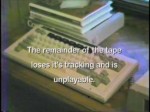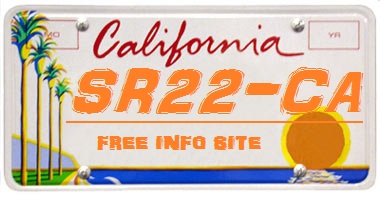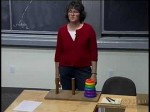
More highlights from my “NightLife Show” which ran on local cable TV in FL from 1980-1986. This is one of my final NightLife TV Shows that made it to air. This program shows the revolutionary Adam Computer in it’s final days. This program is not complete as the original videotape loses it’s tracking before the end. However, since it’s one of the few programs devoted to the departed Adam, I wanted to show it anyway. I had to read off the specs as I didn’t know what any of this was back then. The Coleco Adam was an attempt in the early 1980s by American toy manufacturer Coleco to follow on the success of its ColecoVision game console. The Adam was not very successful, partly because of early production problems. In its favor, the Adam had a large software library from the start. It was derived from and compatible with the ColecoVision’s software and accessories, and, in addition, the popular CP/M operating system was available as an option. Its price gave a complete system: a 64 KB RAM computer, tape drive, letter-quality printer, and software including the Buck Rogers: Planet of Zoom video game. The IBM PCjr sold for $669 but included no peripherals, and although the popular Commodore 64 sold for around $200, its price was not much lower after the purchase of a printer, tape or disk drive, and software. Like many home computers of its day, it used a television set for its monitor. The SmartWriter electronic typewriter loads when the system is turned on. In this mode, the …



